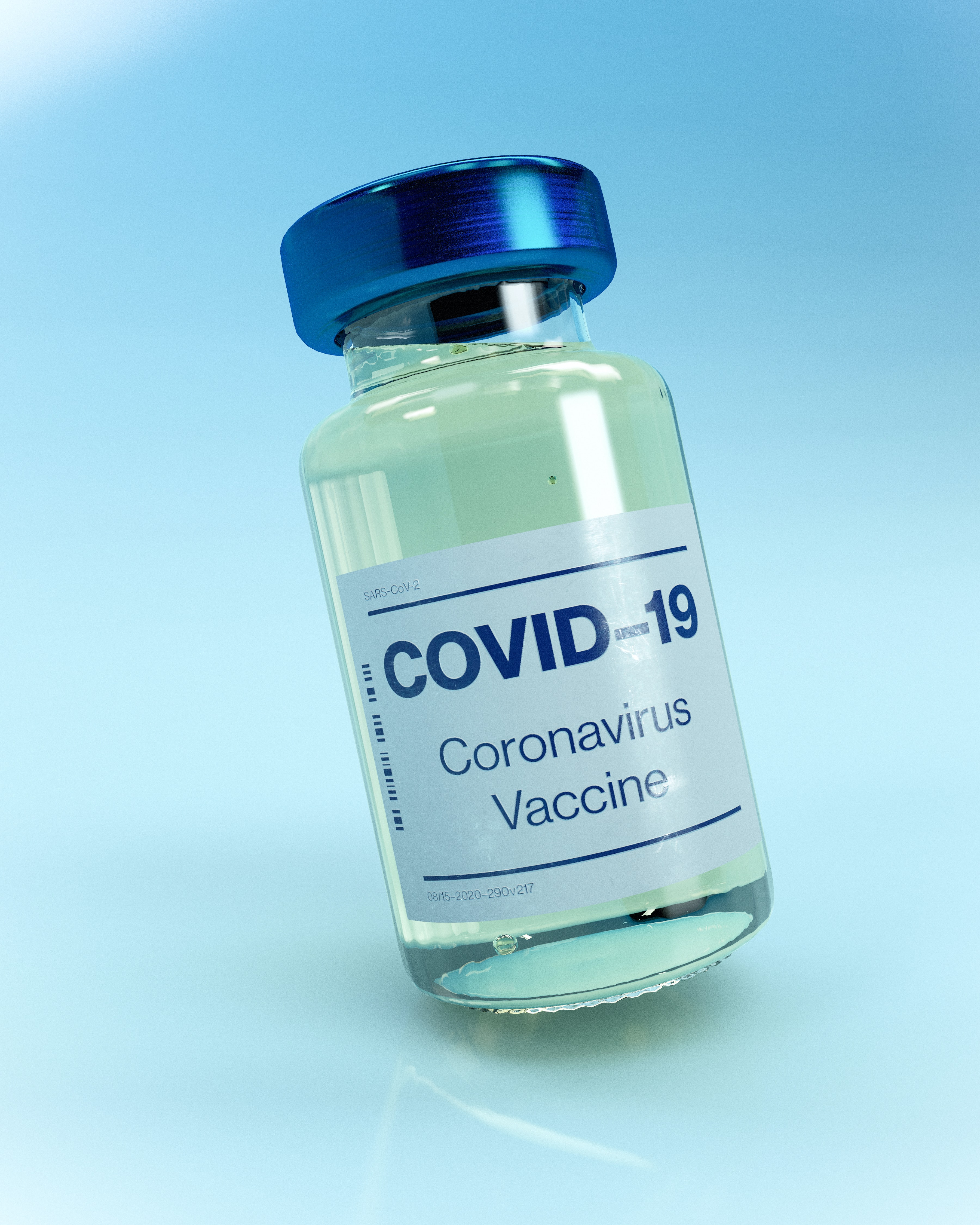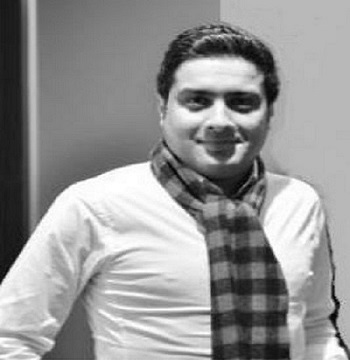Health Equality
Equality is eliminating the differences among groups of people. These groups can be defined based on their gender, economical, demographical, or geographical status. Health inequalities concern health factors and access to the resources required to improve and maintain health. They also involve a failure to avoid or overcome inequalities that infringe on fairness and human rights norms. Enhancing health equities is vital because health is a basic human right. Some groups of people are more vulnerable than others when facing health issues. This vulnerability could be a result of some characteristics.






